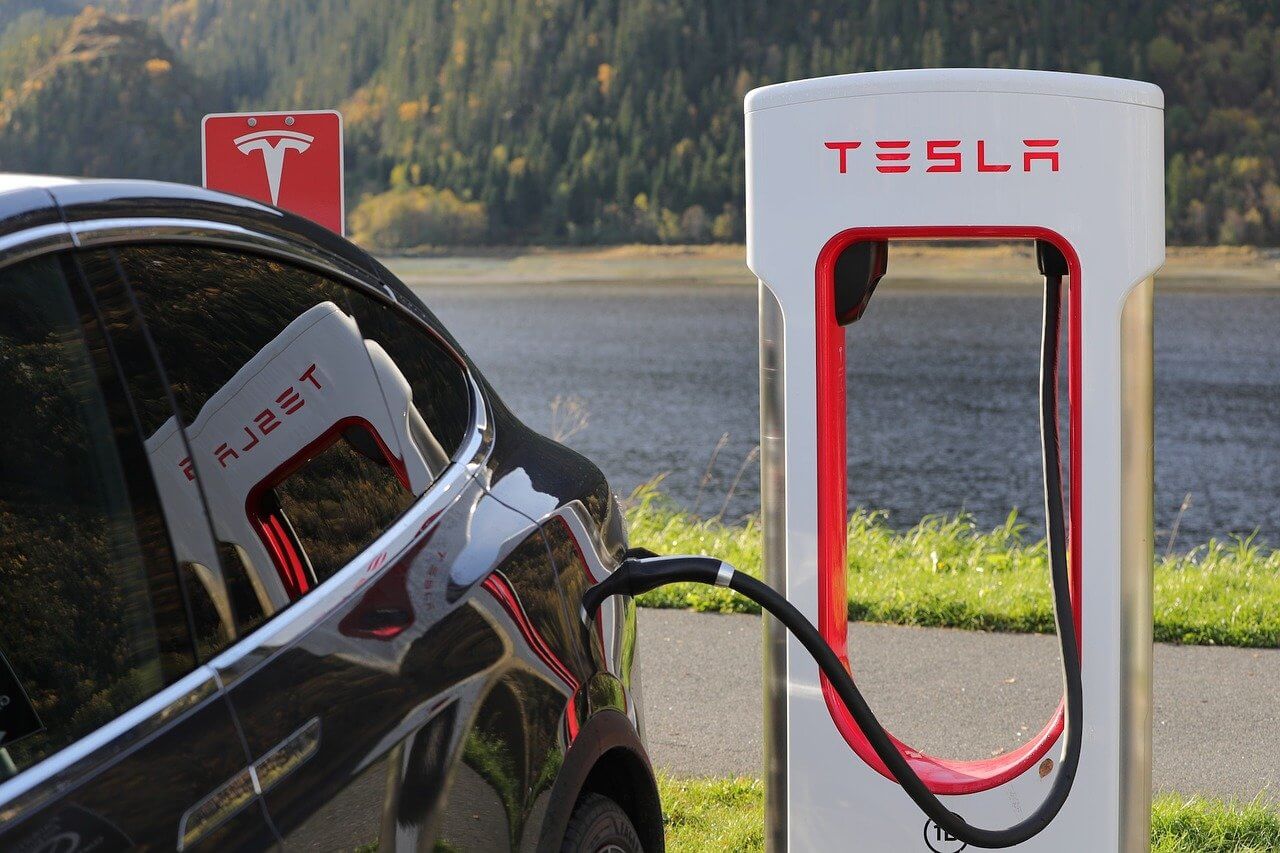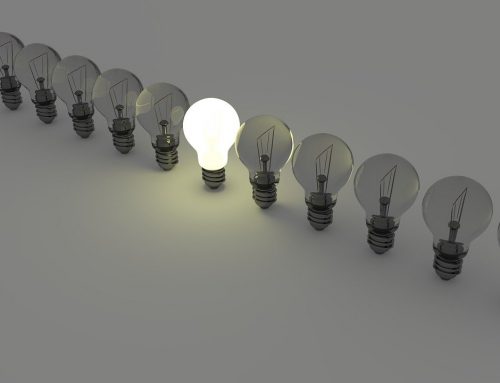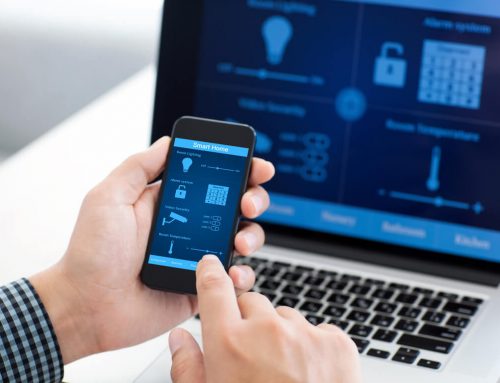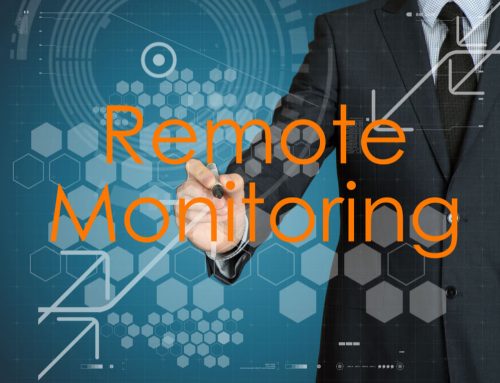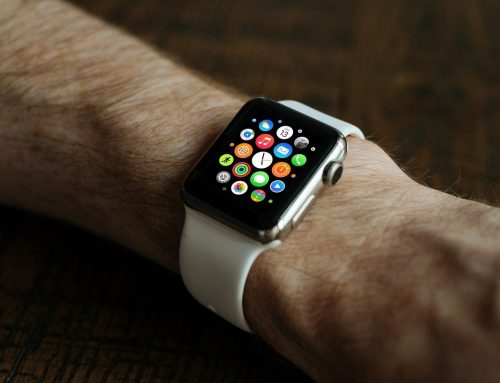Unless you’re wandering around blindfolded, you, like us, have probably seen the rapid advancement and adoption of hybrid and electric vehicles
Tesla, by Elon Musk, are seen as a status symbol by many, as well as an environmental champion, though their acceleration is blistering. If you’re of a certain vintage, you probably recall early EVs called milk floats, that delivered milk, orange juice (in pint bottles) and eggs to households daily. Their vehicles were usually battery powered and provoked wrath if you happened to follow one on your commute. Their speed was positively pedestrian, in comparison with modern EVs, from the likes of Tesla, Toyota, BMW, Nissan and Audi.
Milk floats were perfect for the late 60s, as traffic was not as heavy as today. 16 mph was a top speed for these BEVs, Battery Electric Vehicles. Their quietness meant that residents were never disturbed by the vehicle, though many could hear the clink of glass on doorsteps. Could you?
But what has this hymn to the past got to do with Building Management Systems?
We shall come to that in due course, but indulge us in a nostalgia-fest for now.
It may, or may not, surprise you to learn that the electric car was first invented in 1884, just sixty years after the advent of steam locomotives with the Rocket. You can read more here.
EVs are no longer a niche product. Charging points and electric vehicles are now a common sight in cities and on motorways and their adoption is only going to accelerate.
How have buildings kept up with electric vehicles?
You may have seen the news last week that new builds face a £20,000 repair bill if they’re not made “green” from the outset. New homes need to reduce their carbon footprint, with heat pumps replacing the traditional gas boiler to meet a government target of zero carbon emissions by 2050.
This is all part of making homes smarter – something we are ahead of the curve with.
As a homeowner, your utility bills are probably rising. It has been a cold winter so far and lockdown, furlough has lead to so many of us working from home, with demand for energy soaring as a result.
How we can make your home cost-efficient
All BMS can seamlessly install and integrate the four main elements of home: Security, Automation, Lighting, HVAC.
The benefits of smart home technology, like EVs, are manifold.
Chris Hazell explains:
We may no longer hear the whirr of milk floats, or reach for a CD to play music.
As homes have got smarter, their integration can become less seamless.
Everything from your lights and heating to your home entertainment system can be easily operated from intuitive touch screens, which place the control of your favourite technology and essential electronic systems at your fingertips.
If you want your office, your retail space, your home to work efficiently and seamlessly in 2021 and beyond, contact the expert team at All BMS today.


